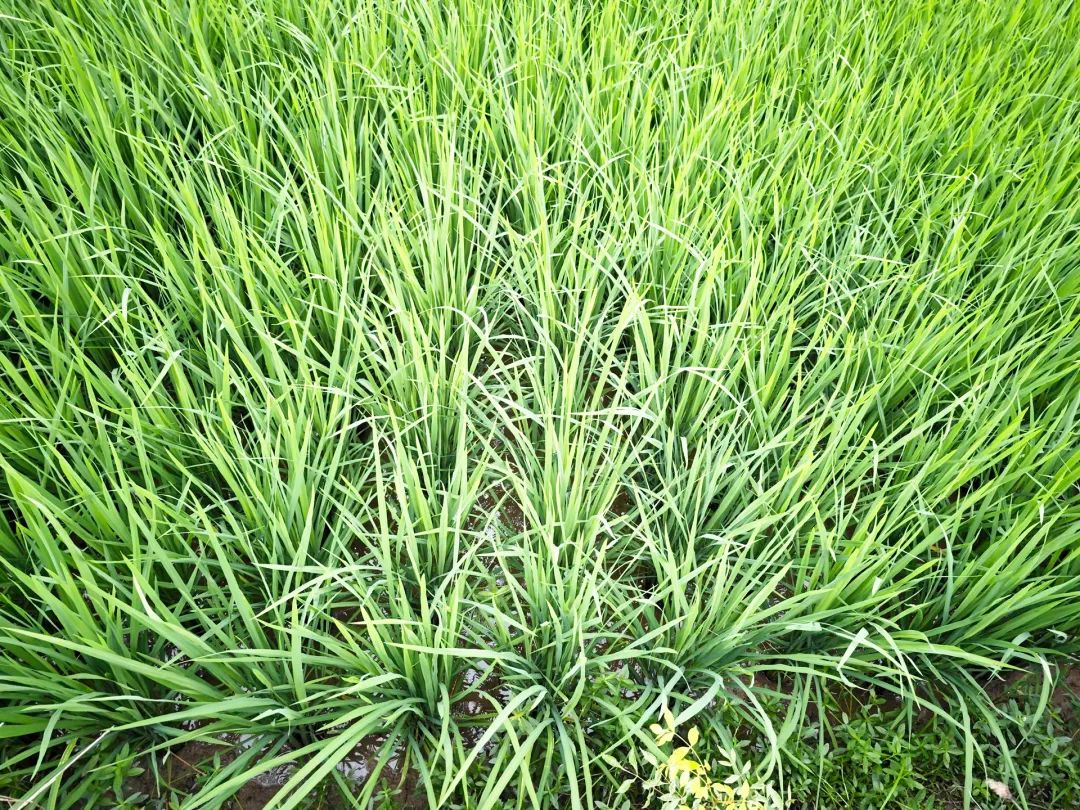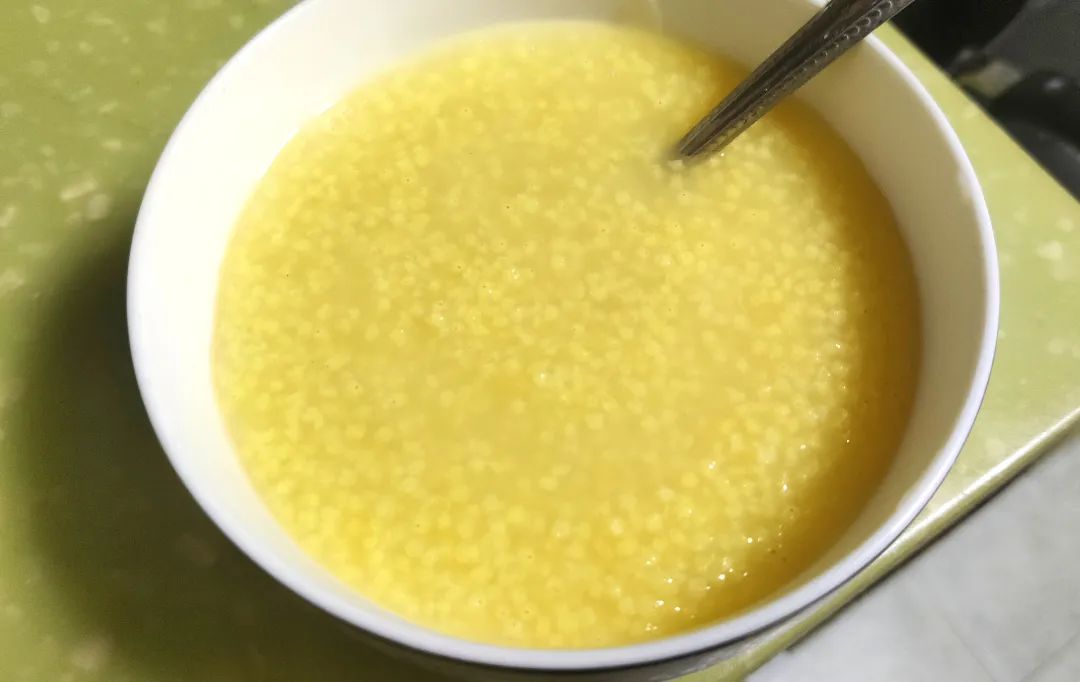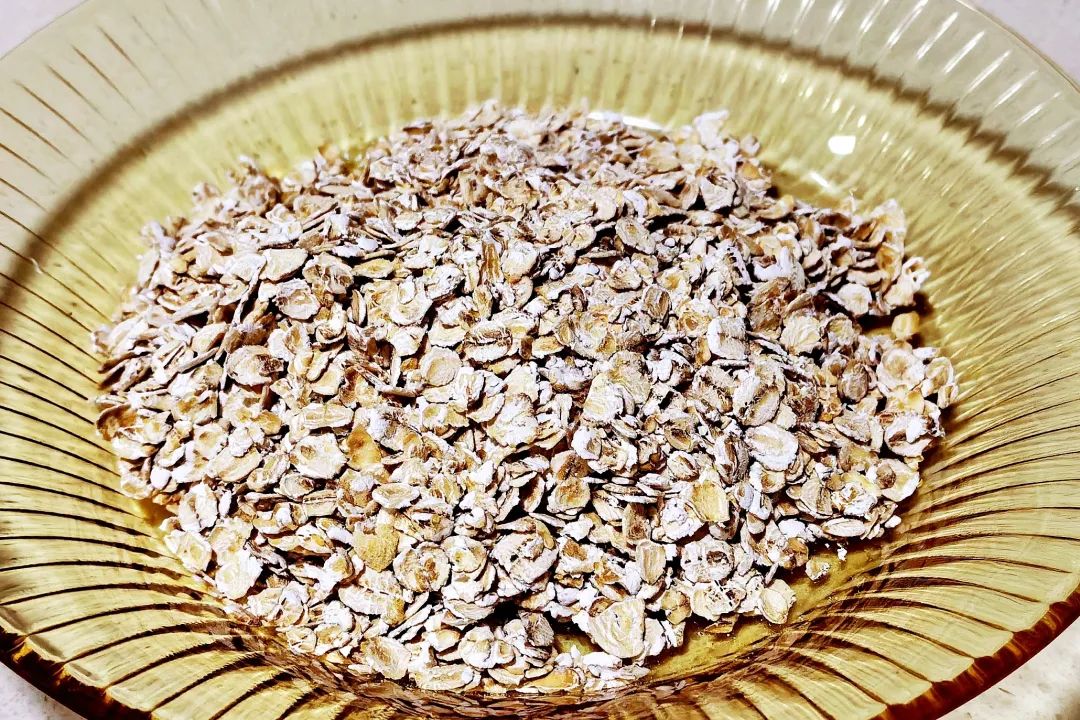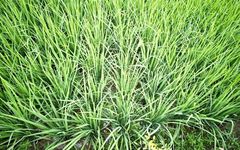The concept of “Five Grains” was first mentioned in the Analects of Confucius, where it states, “If the four limbs do not work, the five grains cannot be distinguished.” The specific types of “Five Grains” have varied across different historical periods and regions.
In the Rites of Zhou, the “Five Grains” are referred to as hemp, millet, proso millet, wheat, and beans, while in the Mencius, they are rice, millet, proso millet, wheat, and beans.
Over time, crops such as corn and sorghum have also been included in the category of “Five Grains,” but traditionally, the main grains remain rice, millet, proso millet, wheat, and beans.

So, what are the benefits of these five grains according to Traditional Chinese Medicine (TCM)?
 What are the health benefits of the five nourishing grains?
What are the health benefits of the five nourishing grains?
TCM believes that rice, millet, proso millet, wheat, and beans correspond to the five organs of the human body: heart, liver, spleen, lungs, and kidneys, each having its unique health benefits.
1. Rice
This refers to Oryza sativa, commonly known as rice, which is sweet and neutral in nature. It can tonify the middle, benefit qi, and strengthen the spleen and stomach, making it suitable for those with spleen and stomach deficiency and poor appetite.
Rice porridge has a nourishing oil (porridge oil) on its surface, which is very beneficial for those with weak constitutions.
2. Millet
Also known as Setaria italica, after husking it is called yellow millet. When cooked, it becomes sticky and can be used for brewing or making cakes. It is sweet and warm in nature, with the ability to tonify the middle, benefit qi, and warm the spleen and stomach, suitable for those with a cold constitution and disharmony of the spleen and stomach.
3. Proso Millet
Also known as Panicum miliaceum or millet, after husking it is called small millet, which was an important grain crop in ancient northern China.
Small millet is sweet and cool in nature, capable of strengthening the spleen and stomach, nourishing the kidneys, and calming the mind, suitable for those with irritability and insomnia, and disharmony of the spleen and stomach. It can be made into small millet porridge, which is a nourishing delicacy.

4. Wheat
Wheat is sweet and cool in nature, with the ability to nourish the heart and calm the mind, and clear heat and eliminate irritability, making it very suitable for those with anxiety and insomnia. When ground into flour, it is one of the main ingredients for making noodles and bread.
5. Beans
Beans refer to legumes such as black beans, mung beans, soybeans, red beans, and lentils, all of which have high protein content.
Legumes are sweet and neutral in nature, with the ability to nourish the kidneys and blood, strengthen the spleen, and promote urination, suitable for those with kidney deficiency and spleen dampness.
From a modern nutritional perspective, grains are the most economical and important source of energy for the human body, primarily providing carbohydrates and dietary fiber, which meet daily activity needs and help promote intestinal peristalsis, preventing constipation.
Research shows that increasing whole grain intake can reduce the risk of chronic diseases such as type 2 diabetes and cardiovascular diseases.
 How should we consume the five grains for health?
How should we consume the five grains for health?
The “Dietary Guidelines for Chinese Residents” released in 2022 recommends that grains should be the main component of our diet.
According to the guidelines, adults should consume 200 to 300 grams of grains daily, including 50 to 150 grams of whole grains (brown rice, oats, coix seed, etc.) and mixed beans (lentils, soybeans, etc.), as well as 50 to 100 grams of tubers (sweet potatoes, potatoes, etc.).
Specifically, it is advised to eat less refined grains and more coarse grains.
During the processing of refined grains, most dietary fiber, B vitamins, and other nutrients are removed, significantly reducing their health benefits.

It is best to choose coarse grains that retain the bran and germ, such as oat groats, black rice, and brown rice. Although the texture of coarse grains is often rough, whole grains are generally more beneficial to health than refined grains.
It is also important to note that whole grains are not better the more you eat. Elderly individuals and children with weaker digestive abilities should pay attention to their intake, as excessive consumption of coarse grains may lead to gastrointestinal discomfort.
 Conclusion
Conclusion
The concept of “Five Grains” has a long history in China, traditionally referring to rice, millet, proso millet, wheat, and beans.
TCM believes that these five grains correspond to the five organs of the human body and have unique health benefits.
For health, it is essential to maintain a balanced diet centered around grains, consume an appropriate amount of whole grains and mixed beans, and pay attention to the balance between coarse and fine grains to avoid excessive intake of coarse grains that may cause discomfort.
Based on individual needs, choose coarse grains that retain the bran and germ for better health benefits.
References
[1] “In the Eyes of TCM, the ‘Five Grains’ are the Most Nourishing Foods”. Life Times. 2024-05-13.

